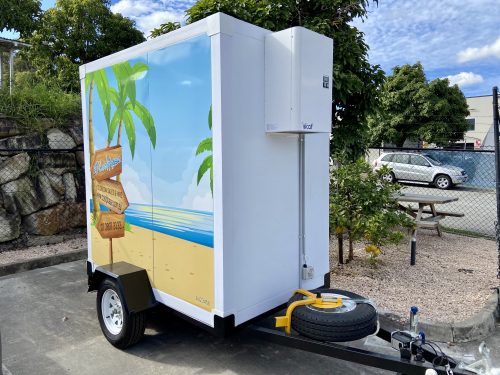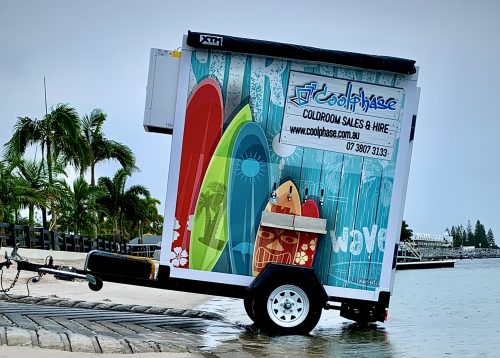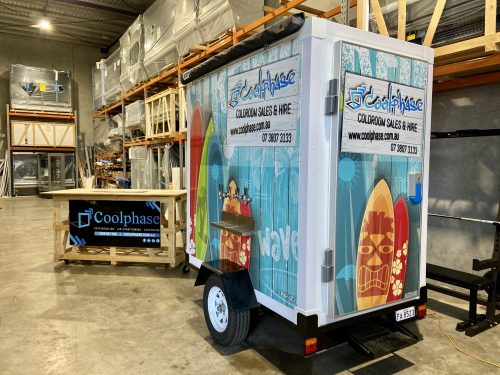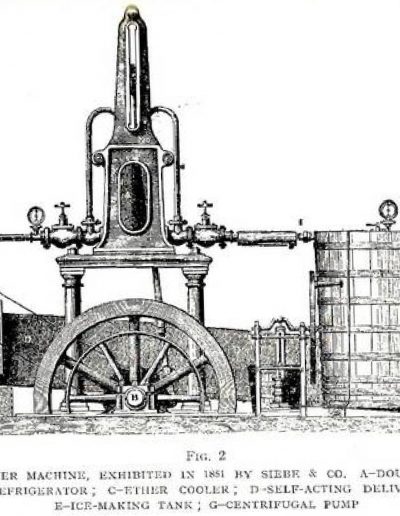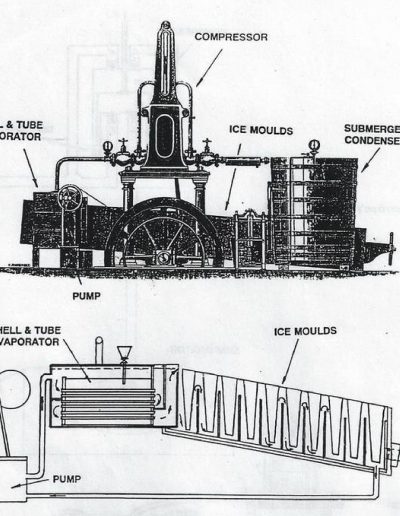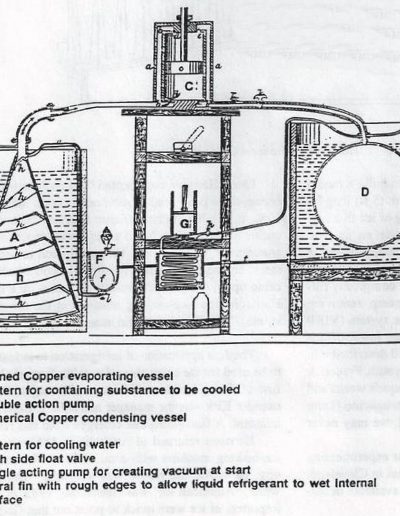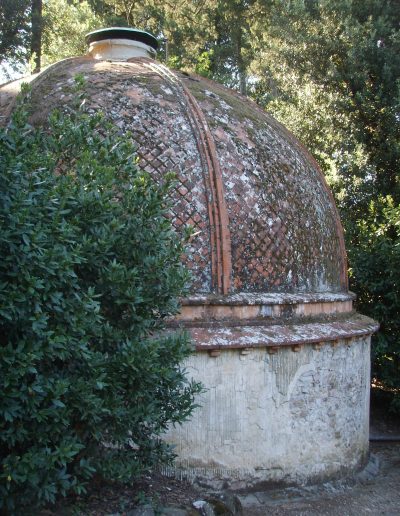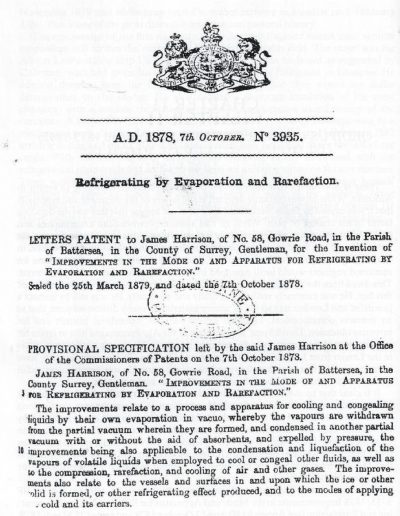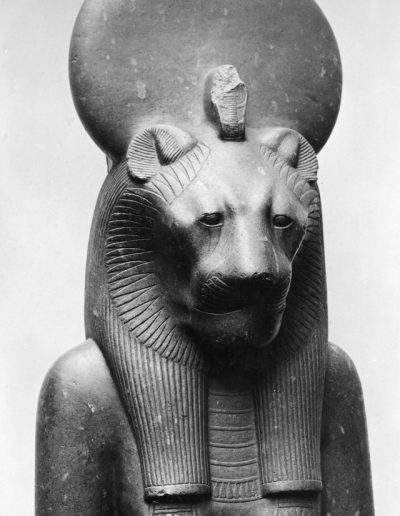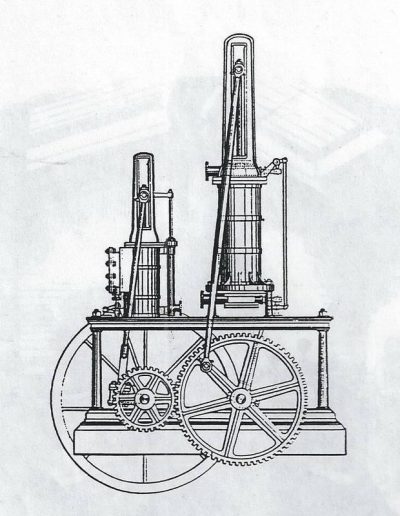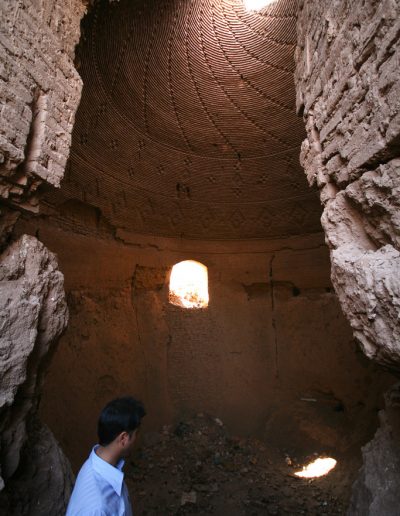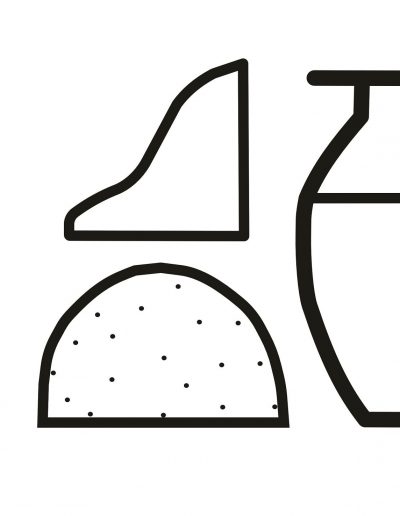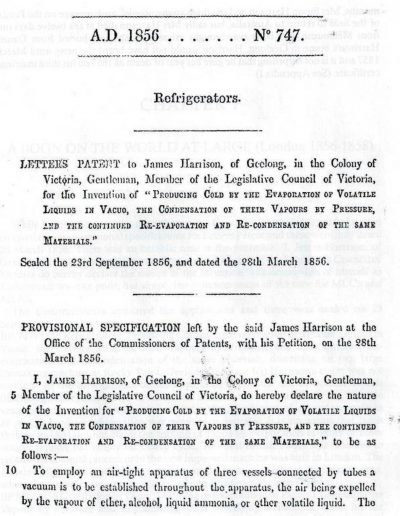Setting up our Beer Tap Cold Rooms and “Getting the Keg Right” can be pretty simple and rewarding. And even though we set the room up on delivery, things can go wrong. So this video should help iron out any kinks that may appear in your lines!
If you’re watching this congrats you have either hired one of our cold rooms or you’re just about to. You’ll love our beer tap cold rooms they’re a great way to boost your party vibe. When we drop your room off or if you pick it up everything should be preset. But sometimes things go wrong and occasionally we might stuff up or forget something. Hopefully, these tips will be able to help.
The most important thing is setting up the Co2 regulator. Different beers are happier at different pressures. Check with your supplier for recommended settings. Our friends at Black Flag are more than happy to give tips about drinking their beer. And it’s always great advise!
A quick rundown on what you should have in your beer tap cold room and what will come pre-done and what won’t. So we will have a Co2 gas bottle which we’ll already fit the regulator to and it’s connected through to a manifold with shut off valves. Your keg couplers will be also be fitted to the Co2 and beer taps.
Attaching Keg Couplers & Adjusting Your Gas
You’ll just need to attach the keg couplers to you keg, which is pretty easy. Most of them are type A which are used on Stone and Wood, Black Flag, XXXX. Other keg couples follow a similar format, but we’ll just run through type A. To connect make sure the lever’s up, hit it at the back and then push it on. You’ll feel it seat, then push the lever down. The keg is now connected.
The next thing to do is to make sure that your gas is turned on. Just turn the valve like a normal tap. The pressure and gas flow is the most important thing to watch when you start pouring beer. All beers are different so it can take a bit of trial and error. Craft beers and pale ales can be good with a flow of 12-14 PSI, but generic lagers make need to run a lot lower.
The proof is in the tasting, enjoy.
If you are still unsure about your set up and need help, please contact our customer service team. They’ll be more than happy to talk you through things.
#livethechill

